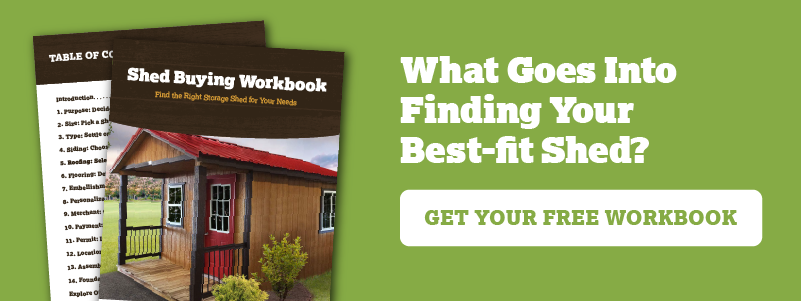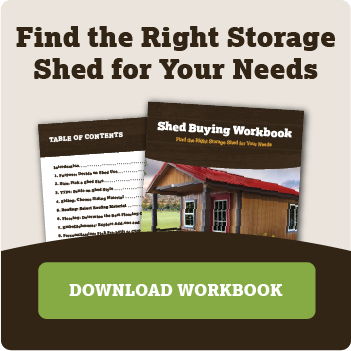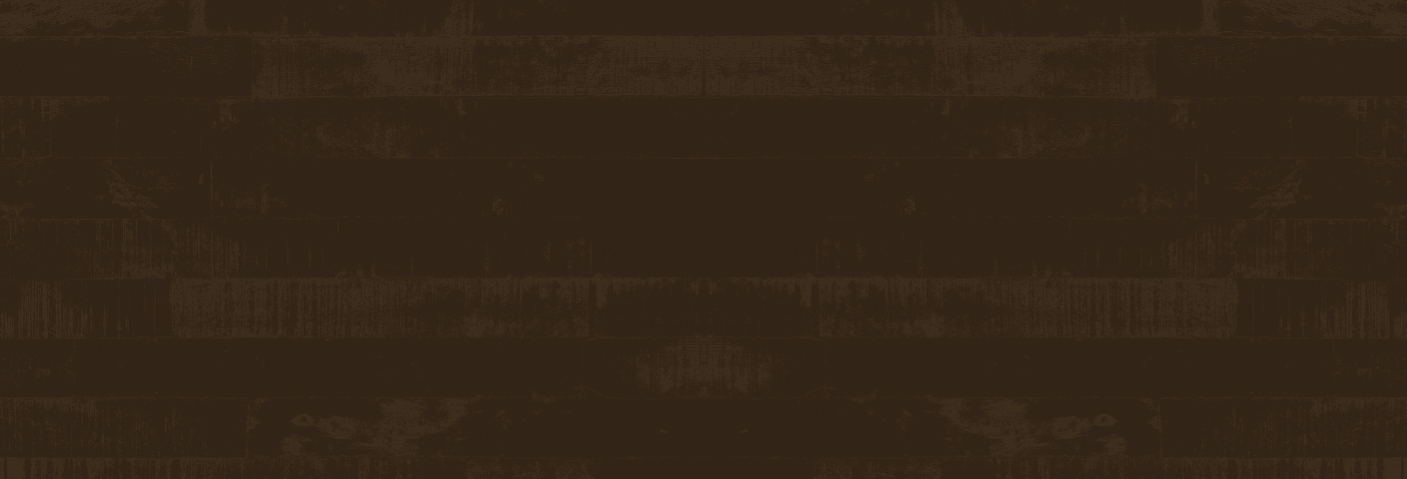6 Things To Consider When Buying a Shed [Shed Buying Workbook]
by Dakota Storage Buildings, on June 03, 2021
The right shed will meet your goals, needs, and budget.
You've already determined that you need more storage space and that buying a shed is your solution. Now it's time to figure out what you need to know before purchasing a shed, including size options, building styles, and price range — but there are many more factors to add to the consideration checklist. Here are just a few.
1. Purpose: Decide on Shed Use
The first and foundational piece of the shed buying puzzle is determining the use of your building. In other words, what is the purpose of your shed? While it can serve many functions simultaneously, identifying your shed's primary goal then taking a moment to explore other potential uses could influence critical choices like building size and foundation type. Here are a few shed use ideas.
- Snowmobile Storage
- Motorcycle Storage
- ATV Storage
- Tool & Maintenance Storage
- Lawn & Garden Equipment
- Lake House Storage
- Pool House
- She Shed
- Man Cave
- Hobby Workshop
- Art Studio
- Woodworking Shop
- Home Office
- Business Expansion
- Cabin Shed
- Home Gym
With your shed's purpose in mind, think about the items that will need to fit inside of it. For instance, if you're planning to use your shed for storing lawn & garden equipment, you'll need room for a lawn mower, snow blower, leaf blower, rakes, shovels, ladders, soil bags, fertilizer, etc. — you get the idea. Considering how you want to use your shed and making a list of all the items you need to keep inside will impact the shed size you choose.
2. Size: Pick a Shed Size
Knowing the purpose of your shed and listing all the items that will be stored inside will help to determine the shed size you need.
Most residential storage buildings range from 8'x10' to 10'x14' but can be as large as 12'x28'. Most sheds larger than these dimensions are considered garages and come with an overhead garage door. As mentioned before, your shed's size will affect the price, so consider this as you make your selection. The larger it is, the more it will cost, even if you think you’re saving money by choosing a less expensive siding or roofing option.
Often people underestimate how much room items take up. We suggest using the shed size calculator by LP Building Products (one of our trusted vendors) to help you estimate what shed size you should get based on commonly stored items.
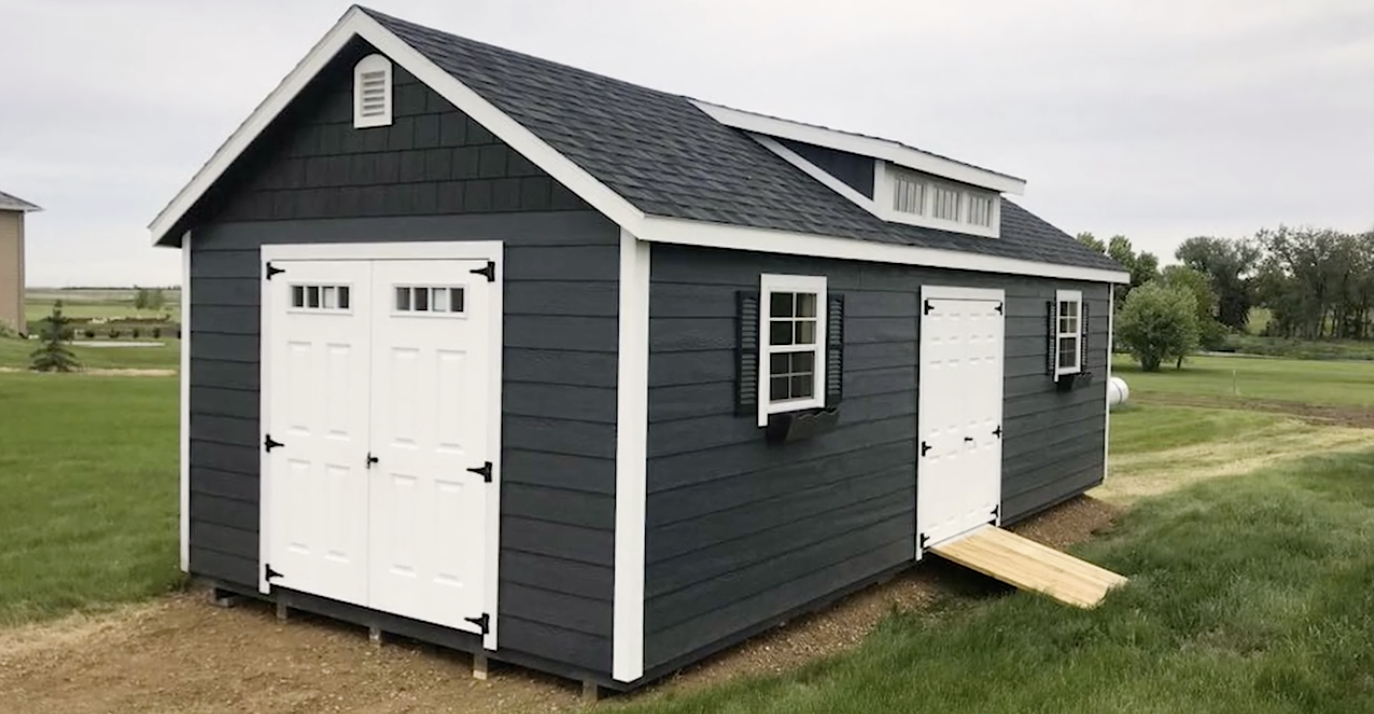
It's also critical to think about extra space. You don't want to fill your shed from wall to wall or from floor to ceiling. Factor maneuverability into your size estimate. For instance, you might want to consider extra space around your workbench, ATV, or motorcycle — maintenance tasks like changing oil require extra square footage. Think for a moment about how much additional space you need based on use-case, items stored inside, and the capacity to move around easily.
3. Siding: Choose Siding Material
Shed siding is available in a range of materials. Your choice may depend on your budget, the look you want, or the amount of time you’re willing to put into yearly maintenance. Here are the most popular options.

- Engineered Wood Siding: Engineered wood shed siding is made up of composite wood and a mixture of fibers. It is designed to look like real wood but is more durable. Even though it is not real wood, it has an attractive, natural wood look. Engineered wood is resilient against rot and termites. This siding material can last up to 50 years.
- Vinyl Siding: Vinyl siding is made of polyvinyl chloride (PVC) and comes in a wide variety of colors and textures. Because it is a synthetic product, it offers a customizable look and professional finish. Vinyl is durable and not prone to dents or fading. Depending on the brand of vinyl siding you choose, it should last 30+ years.
- Steel Siding: While metal shed siding has a more industrial look, it’s 67% recyclable, making it an environmentally-friendly option. It has a beautiful finish, guaranteed to last up to 40+ years without fading, chalking, or peeling. This siding is easy to keep clean and requires minimal maintenance. It’s resistant to pests, fire, and harsh weather.
- Fiber Cement: Fiber cement siding is made from a mixture of cement, sand, and cellulose fiber. These materials are rolled into sheets and pressed to give a pattern. The pressed design of fiber cement gives it a wood grain appearance. Fiber cement is durable and lasts 30+ years.
4. Roofing: Select Roofing Material
The roof of your shed is the primary line of defense against bad weather, particularly moisture. All of the roofing types below repel water. However, other conditions specific to your areas such as temperature, sunlight, and wind should dictate which type of roofing material is best for your shed.
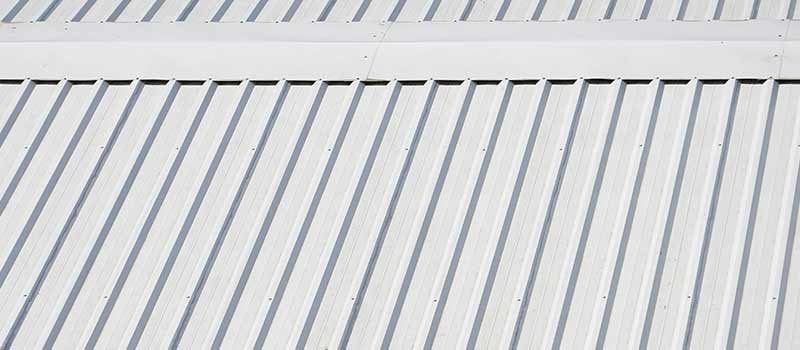
- Asphalt Roofing Felt: Not to be confused with traditional roofing felt used as an underlayment for shingles, asphalt roofing felt is a felt material coated on both sides with asphalt. Each side has a granular coat for added protection. This product is easily the cheapest shed roofing option.
- Asphalt Roof Shingles: Asphalt roof shingles are popular because they’re cheap and incredibly durable. Asphalt shingles come in two general forms: architectural and 3-tab. While both options are excellent, architectural shingles are thicker than 3-tab and typically last longer.
- Cedar Shingles: Cedar shingles are a durable and natural option for roofing your shed. The life expectancy of cedar shingles depends on how well you maintain them. Most cedar shingles require little maintenance, but if you live in a wet, cold, or very hot climate, then your shingles need more care.
- Wood Shakes: Although part of the visual appeal, the imperfect alignment of wood shake roofing means it’s less weatherproof than other options. Shakes cannot be installed on roofs with a pitch less than 4/12. Thicker cedar, cypress, or redwood shakes can last over 40 years if treated regularly and 30 years if left untreated.
- Metal Shingles: Metal shingles are similar to traditional metal roofing sheets in terms of durability and price. One key difference is the look. Metal shingles are made to look like traditional shingles. They typically come in packs of 10 or more and have edges that interlock with one another. From a durability standpoint, metal shingles are second to none.
- Corrugated Metal Roofing: Corrugated metal roofing is one of the most durable options for any shed. Metal roofing typically comes in panels anywhere from 27 to 48 inches. Metal roofing also comes in various gauges. The lower the gauge number, the thicker, more durable, and more expensive it will be.
5. Permit: Investigate Building Permit Requirements
Just a heads up before you settle on a shed, check to see what zoning codes apply to your area. Each city has slightly different regulations, and it is always better to find out the specifics upfront to avoid difficulties at delivery. Rural areas are usually more lax, but for those who live in cities, towns, or subdivisions, there may be restrictions on size, color, and sometimes style that have to be approved by a council, business official, or HOA before ordering. In many places, any building larger than a small garden shed will require a permit, so it's necessary to check with the local government or your subdivision board.

Zoning information is often on your town’s website along with information about how to obtain a permit in your particular area. For example, if you type the word “zoning” along with your zip code into your search engine, you should get several results that will steer you in the right direction. Most towns have website pages dedicated to such information for the convenience of their residents.
If you don't have internet access or cannot find the information that you need, you can call the town hall or local municipality to get started. They will be able to help you with the necessary permits and permissions and inform you of any possible fees.
6. Foundation: Lay a Level Base
While this step may not directly impact your shed shopping experience, it may help you factor in an additional cost that may not have initially been on your radar. Every shed needs a solid and level foundation. Consider how much you’re willing to spend on this critical base.
Follow these six steps to lay a level foundation.
- Choose the area where you want your storage building placed, measure the space, and remove vegetation. Make sure the foundation’s perimeter is slightly larger than the building itself and that the depth extends past the frost line.
- Construct a temporary frame around the foundation's perimeter. We suggest using 2’x4’ lumber to build a three-sided frame. Fasten the frame to wooden or steel stakes from the outside to ensure easy removal of the frame after the base is complete.
- Fill the frame with at least 3 to 4 inches of your base material. Many choose Class 5 gravel, pavers, or concrete as their preferred base material.
- Slide a straight board back and forth over the top of the temporary frame to level the base material.
- While this step is not essential, using a plate compactor to finish your new foundation will help minimize the building's settling over time.
- Remove the temporary frame after the shed is placed.
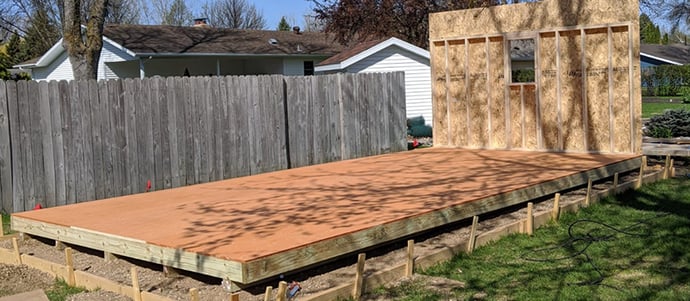
We cannot stress enough how important it is for your site to be perfectly level. An unlevel foundation will cause the building’s frame to twist and make opening doors and windows difficult.
Some shed companies will lay the foundation for you, while others will require that you have a foundation in place before delivery, whether you lay it yourself or hire a handyman or contractor to do it for you.
Learn More
With so many options out there, choosing the right shed for your needs and budget can feel overwhelming. Choosing a size is one of the most important decisions you’ll make, but selecting a size isn’t simple or cut and dried. Additionally, you need to consider your property's dimensions and property lines, but even those factors have variables.
Download our Shed Buying Workbook to help you think through all the important details that will impact your decision and ensure you’re getting a valuable, long-lasting investment. Each section of the workbook is designed to help you select the right shed for your goals, needs, and budget.
Our workbook covers everything in this post plus:
- Shed Styles
- Flooring Options
- Add-ons and Upgrades
- Pre-built vs. Custom
- Shed Retailer vs. Manufacturer
- Standard Payment Options
- Where to Put Your Shed
- On-Site Construction vs. Delivery
Get your copy today to start working through all aspects of your ideal shed.



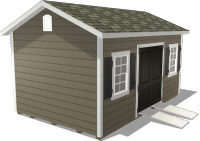
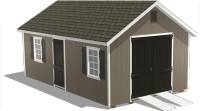
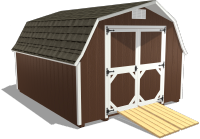
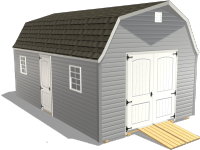
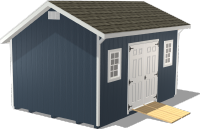
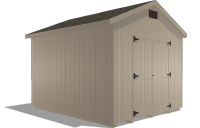
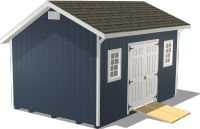
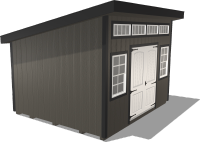
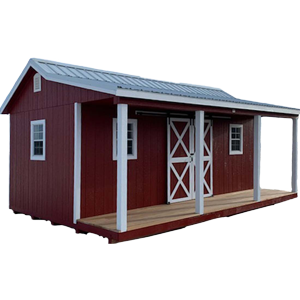
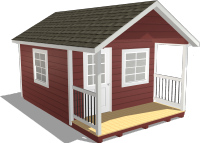
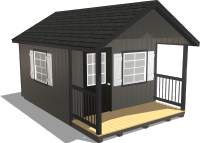
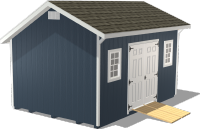
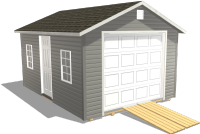
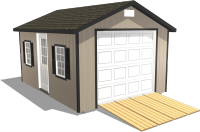
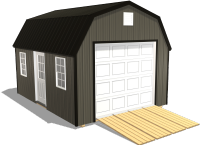
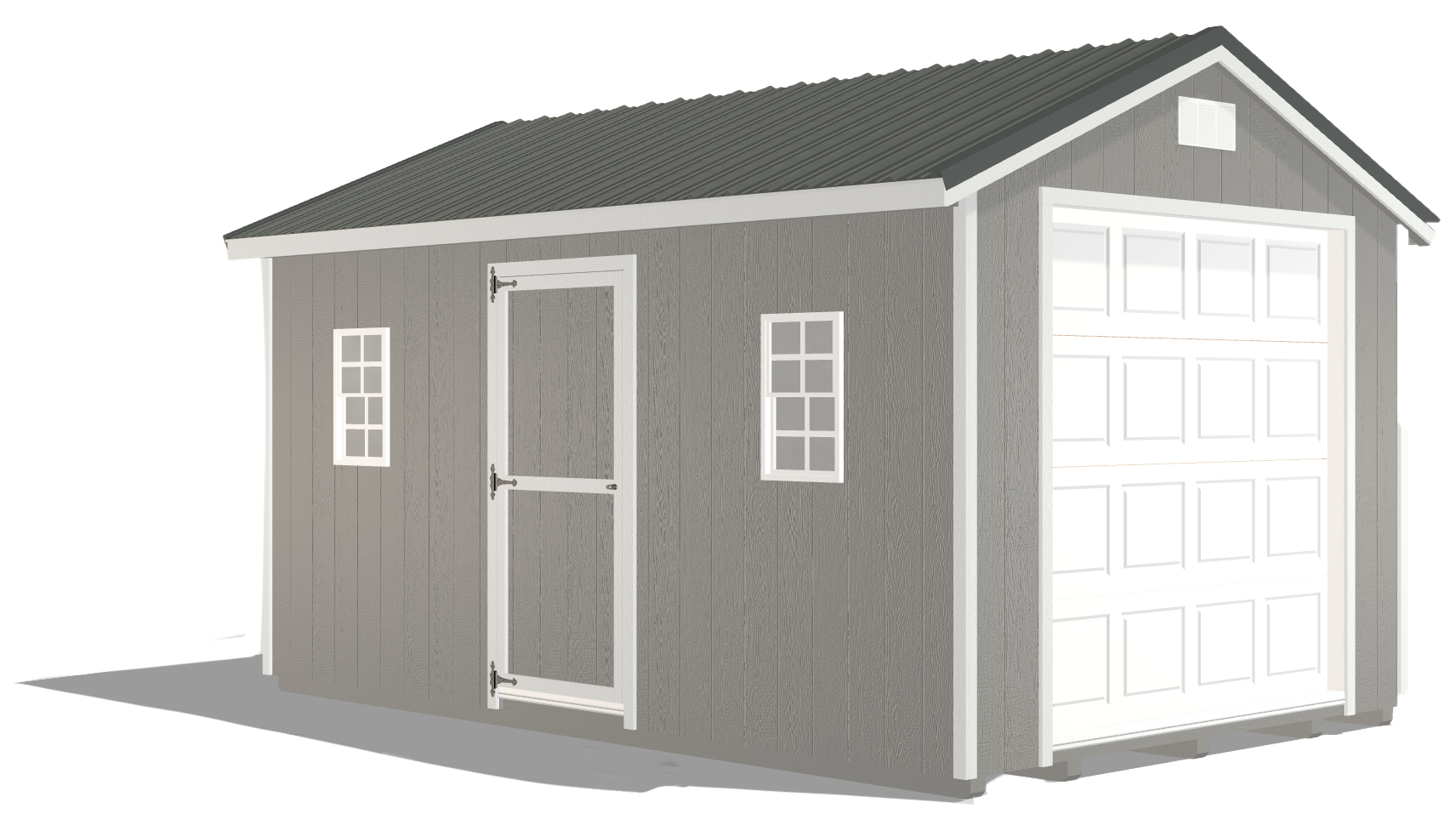
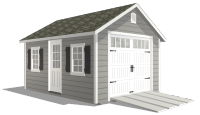
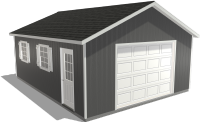
![6 Things To Consider When Buying a Shed [Shed Buying Workbook]](https://www.dakotastorage.com/hs-fs/hubfs/03-Images/Blog/Header_ShedBuyingWorkbook.jpg?width=900&name=Header_ShedBuyingWorkbook.jpg)
